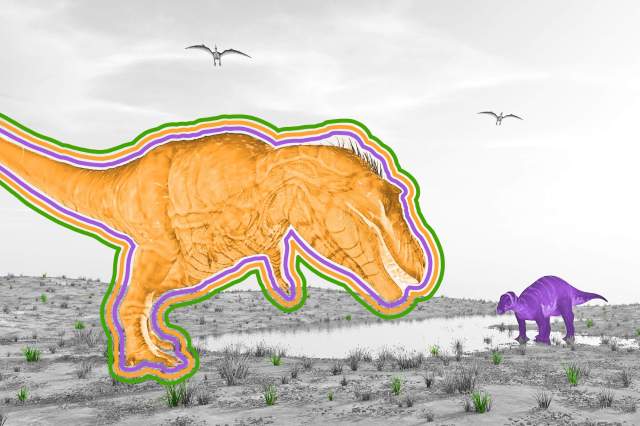
Numbers Don't Lie

______ was the first civilization to use 24 hours to tell time.

Ready to reveal?
Confirm your email to play the next question?

Ancient Egypt was the first civilization to use 24 hours to tell time.

The Earth’s rotation has been speeding up recently.
The Earth’s 24-hour rotation is a rough estimate, since planetary quirks such as its molten core, imperfect shape, explosive volcanoes, and even wind patterns can affect its spin. Overall, tidal forces should be continuing to steadily slow down the planet’s rotation, but instead the opposite is happening. On June 29, 2022, the Earth pulled off its fastest daily rotation in recent memory, ending its usual 24-hour spin some 1.59 milliseconds early. Scientists aren’t sure why the planet’s spin is now speeding up, though culprits like climate change or other atmospheric anomalies might be to blame. In light of this unexpected rotational acceleration, scientists could one day decide to subtract a second from our clocks in order to keep things in sync.
















